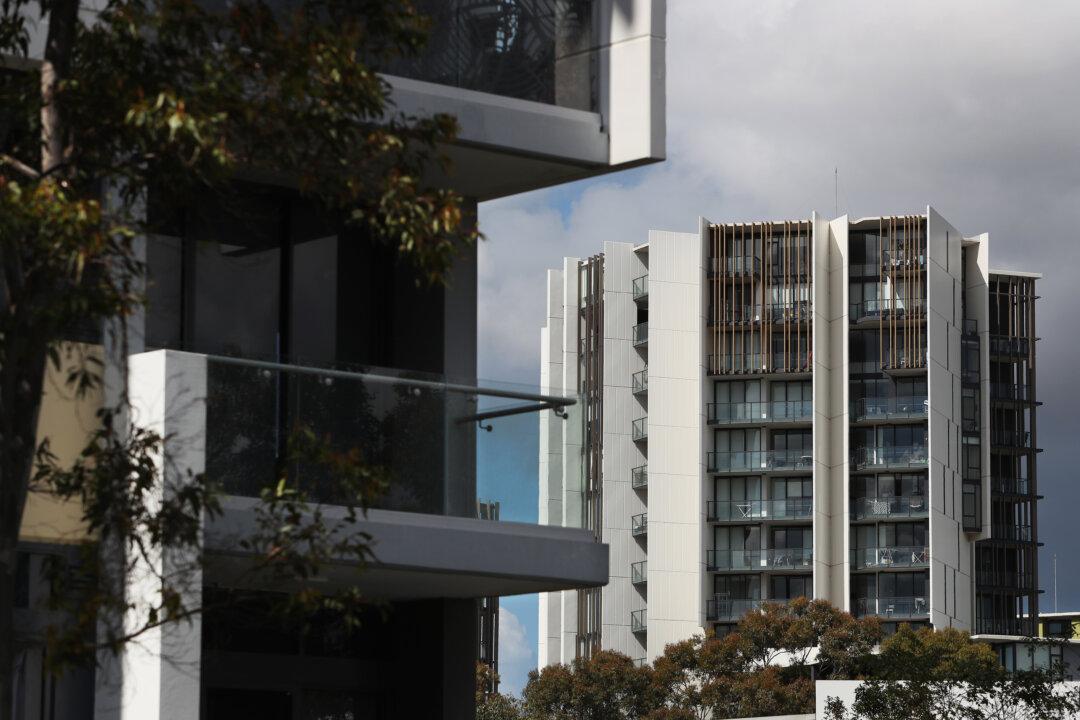Residents of New South Wales (NSW) could save up to $75,000 (US$48,000) per home if they built more properties in the inner city areas of Sydney than the outer suburbs.
This comes as the NSW government commits to 75,000 new homes each year to deal with the housing crisis.





